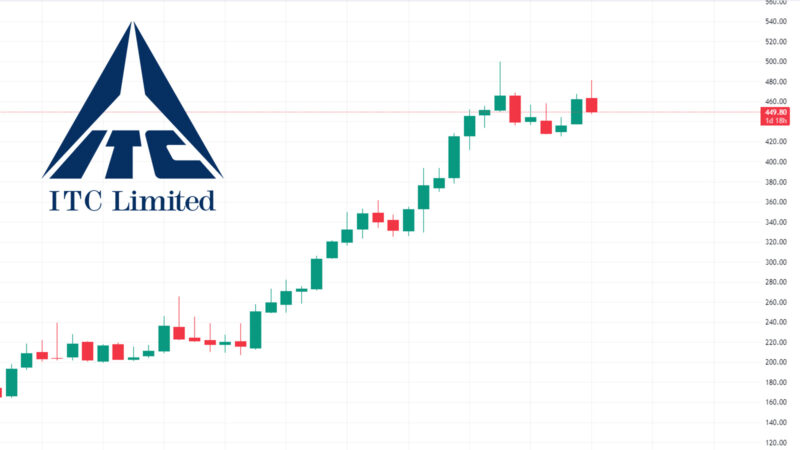RBI Monetary Policy Committee is gearing up for its meeting from February 6 to 8, with expectations pointing towards the maintenance of the repo rate at 6.5 percent for the sixth consecutive time. As the RBI strives to achieve the 4 percent consumer price-based inflation (CPI) target, the committee is likely to retain its monetary policy stance as a ‘withdrawal of accommodation.’
Table of Contents
Expectation from Upcoming RBI Monetary Policy
Anticipations surround the RBI’s decision on February 8, with projections indicating a steady repo rate of 6.5 percent. If this holds true, it will mark a full year of unchanged rates, following a 25 basis points increase on February 8, 2023. The central bank’s policy stance is expected to remain geared towards a ‘withdrawal of accommodation.’
US Federal Reserve’s Influence
The RBI’s announcement comes in the wake of the US Federal Reserve’s decision to keep benchmark interest rates unchanged at 5.25 percent – 5.5 percent. This global context influences expectations in the financial markets, especially considering earlier speculations about a potential rate cut by the US central bank starting March.
Potential Liquidity Measures
Some economists foresee the RBI introducing liquidity measures to alleviate the tight liquidity conditions prevailing in the banking system. The gap between incremental credit and deposit in FYTD 2024 stands at Rs 3.6 lakh crore, prompting expectations for the RBI to address liquidity concerns.
Tight Liquidity Conditions
The banking system has experienced prolonged tight liquidity conditions due to factors such as lower government spending, increased tax outflows, and sluggish bank deposit growth. As of January 24, the liquidity deficit reached a record high of Rs 3.46 lakh crore.
Why the Repo Rate Is Expected to Remain Unchanged
The RBI has consistently emphasized its commitment to achieving a sustainable 4 percent CPI inflation. Despite headline inflation falling within the government’s 2-6 percent band, December 2023 recorded a four-month high of 5.69 percent. The RBI’s projection for CPI inflation in FY24 is 5.4 percent, with Q3 at 5.6 percent and Q4 at 5.2 percent.
Growth Outlook and RBI’s GDP Forecast
For FY24, the RBI forecasts real GDP growth at 7 percent. Supported by high-frequency data indicating improved investment activity in Q4 2023, the finance ministry predicts India’s economy to surpass 7 percent growth in the coming years, aiming to become the world’s third-largest economy with a $5 trillion GDP.
Goldman Sachs’ Perspective
Goldman Sachs maintains an optimistic outlook, expecting the RBI Monetary Policy to keep the policy repo rate unchanged, recognizing fiscal consolidation and reaffirming the 4 percent inflation target. The report suggests the RBI might maintain the status quo until Q3 CY24.
Monetary Policy Stance: ‘Withdrawal of Accommodation’
Economists anticipate the RBI to persist with its RBI Monetary Policy stance as a ‘withdrawal of accommodation’ on February 8. While closely monitoring the Governor’s comments and the RBI’s actions on liquidity, market observers believe that liquidity management will align with the RBI’s stance.
Impact on Lending Rates
Should the repo rate remain at 6.5 percent, external benchmark lending rates (EBLR) linked to the repo rate would not see an increase, providing relief to borrowers. However, interest rates on loans tied to the marginal cost of fund-based lending rate (MCLR) may be subject to lender adjustments, as the full transmission of the 250 bps repo rate hike between May 2022 and February 2023 has not been realized.
In response to the RBI Monetary Policy repo rate hike, banks elevated EBLRs by a similar magnitude, while the one-year median MCLR increased by 155 bps from May 2022 to December 2023. The weighted average lending rate (WALR) on fresh and outstanding rupee loans also experienced increases.
The balance of inflation control
As the RBI’s of RBI Monetary Policy convenes for its meeting, all eyes are on the anticipated decision to maintain the repo rate and the monetary policy stance. The intricate balance between inflation control, economic growth, and global factors shapes the RBI’s approach. The outcome on February 8 will not only impact lending rates but also provide insights into the RBI’s strategy for navigating the evolving economic landscape. Stay tuned for the official announcement and its repercussions in the financial realm.







